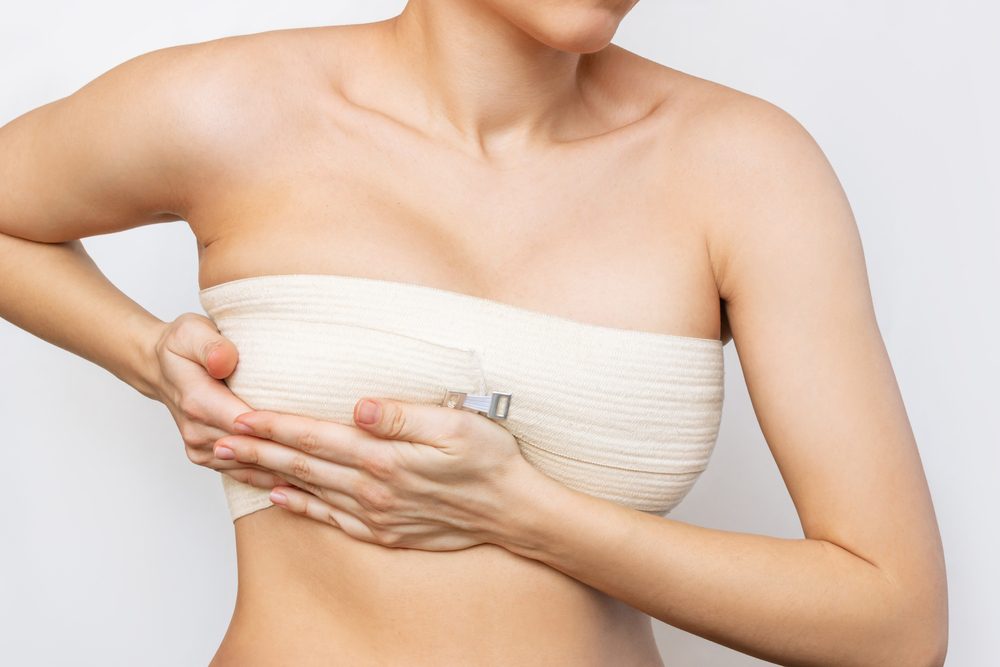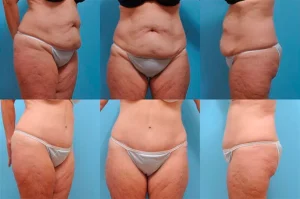Capsular Contracture and Knowing the Causes, Symptoms and Treatment
Breast augmentation stands as a widely sought-after cosmetic surgical intervention intended to improve the visual attractiveness of the breasts. However, like all surgical procedures, it has risks and complications. One of the most common complications associated with breast augmentation is capsular contracture.
Capsular Contracture Causes
Capsular contracture arises when scar tissue surrounding the breast implant contracts, leading to compression and hardening of the implant, thereby causing firmness in the breast. While the precise cause remains elusive, various factors have been pinpointed as potential contributors to its onset.
Factors Contributing to Capsular Contracture
One of the most significant contributing factors is bacterial contamination. Bacteria can enter the breast implant pocket during surgery or postoperatively, leading to an inflammatory response that can trigger scar tissue formation. Poor surgical techniques, such as placing the implant under too much tension, can also increase the risk of capsular contracture.
Role of Genetics in its Development
Although the exact influence of genetics remains unclear, research has indicated that specific genetic traits might elevate the likelihood of its occurrence.
Implant-Related Factors
Implant-related factors such as implant size, shape, and texture may also play a role in development. Textured implants, engineered to foster adherence to adjacent tissue, correlate with a heightened risk of capsular contracture compared to smooth implants.
Symptoms: Recognizing the Signs

The most common symptom of capsular contracture is a firm or hard breast. Additional symptoms might encompass pain, discomfort, and alterations in breast shape. In severe cases, the breast may feel tight and painful, and the implant may be visible through the skin.
Treatment
Capsular contracture can be treated through a combination of surgical and non-surgical methods. The course of treatment will be based on the severity of the condition.
Innovative Therapeutic Therapies and Technologies
One of the most innovative therapies for treating capsular contracture is ultrasound technology. Ultrasound technology can soften the scar tissue surrounding the implant, making it easier to remove it. This technique is often used in combination with surgical intervention.
Surgical
For severe cases, surgical intervention is often necessary. The procedure involves removing the scar tissue surrounding the implant and replacing the implant. Sometimes, a new pocket may be created for better implant placement.
Non-Surgical
Non-surgical treatments include massage and pressure therapy. These techniques break up the scar tissue and promote healing.
Prevention
While capsular contracture cannot be wholly prevented, steps can be taken to reduce the risk of its development. Proper surgical techniques, such as placing the implant under minimal tension, can reduce the risk of capsular contracture. Selecting the appropriate implant size, shape, and texture is instrumental in averting capsular contracture.
Placement
Implant placement is another essential factor to consider for prevention. Implants placed under the muscle have been shown to have a lower risk of capsular contracture compared to implants placed over the muscle. This is because the muscle provides an additional layer of tissue between the implant and the breast tissue, reducing the risk of bacterial contamination and inflammation.
Implant Selection
Choosing the right implant is also crucial in prevention. Research indicates that implants featuring a smooth surface pose a diminished risk of capsular contracture when contrasted with textured implants. The rationale lies in the lesser propensity of smooth implants to adhere to adjacent tissue, thereby mitigating the likelihood of inflammation and scar tissue development.
Postoperative Care
Effective postoperative care plays a crucial role in averting capsular contracture. Patients must adhere meticulously to their surgeon’s directives, which entail faithfully following prescribed medication regimens and attending scheduled follow-up visits. Additionally, patients should refrain from engaging in vigorous activities and lifting heavy objects for a few weeks post-surgery to facilitate optimal healing.
Choosing the Best Plastic Surgeon
Choosing the right surgeon is an integral part of the breast augmentation process. Selecting a board-certified plastic surgeon is vital for the utmost assurance of extensive experience in breast augmentation.
Risks and Benefits
Like all surgical procedures, breast augmentation has its risks and benefits. Breast augmentation offers a means to enhance breast aesthetics; patients need to understand the potential dangers, as with all breast augmentation surgery types, infection, bleeding, and implant rupture.
Expert Care for Capsular Contracture: Your Path to Safe and Stunning Breast Augmentation
Capsular contracture remains a common concern following breast augmentation for many, although its precise origins remain elusive. While triggers for its onset are multifaceted, symptoms can manifest in varying degrees of severity. Treatment encompasses both surgical and non-surgical approaches.
At The Plastic Surgery Group, we provide comprehensive services to combat capsular contracture and associated augmentation issues. If you’re encountering symptoms, we urge you to arrange a consultation with our plastic surgeons to explore your treatment pathways.
Remember, diligent postoperative care and judicious implant selection serve as pivotal guards against capsular contracture and related complications in breast augmentation. We are diligent about all breast augmentations at the Plastic Surgery Group in Montclair, New Jersey. Contact us today.
Before you leave reading this, please be sure to click here and check out our partner, The Arria MedSpa, which offers a wide range of non-surgical facial and body treatments.




